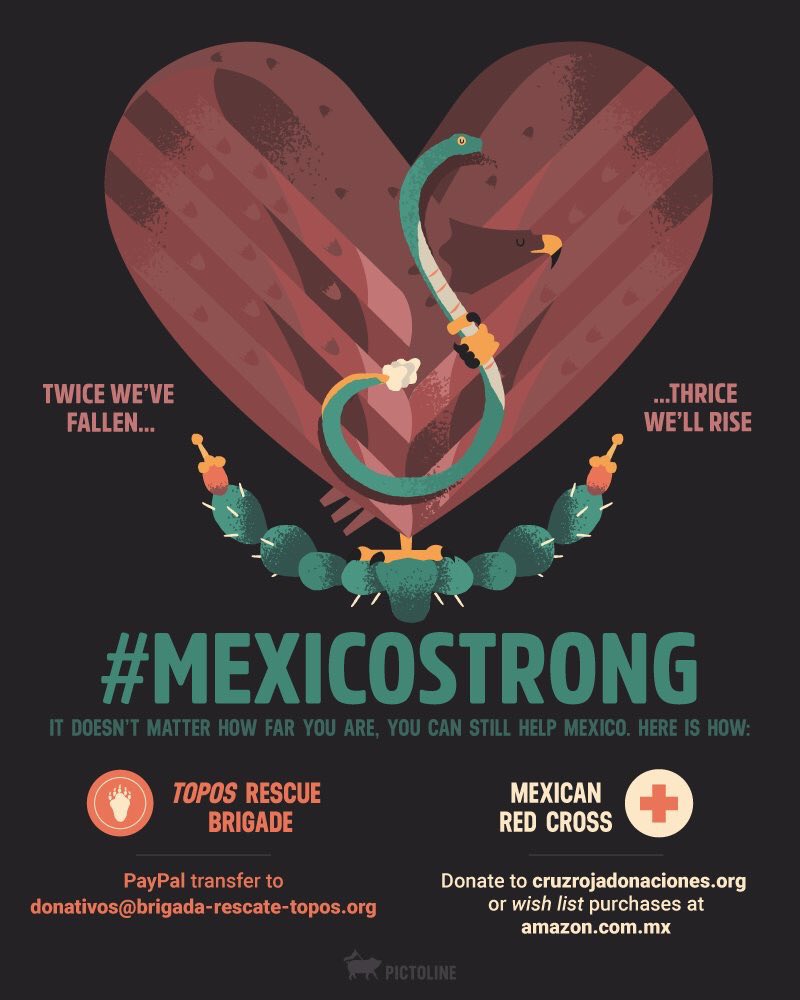Earthquakes’ recent ubiquity in news should do nothing to lessen their perceptions within the public’s mind. These earth-shaking events can devastate entire cities, destroy millions of peoples’ lives and can kill thousands, yet are sorely misunderstood by most people, and reported incorrectly by much of the media. Earthquakes are caused by the sudden movement of tectonic plates along a fault. Tectonic plates are sections of the Earth’s lithosphere; the edges of these plates often get stuck while the rest of the plate moves, their sudden unsticking causing a quake.
The misrepresentations begin with the measurement of the size of an earthquake. Many outlets cling to the aging Richter scale, even though it hasn’t been used by scientists since the 1970s. The Moment Magnitude scale was introduced to allow the sizes of larger quakes to be calculated by using more variables to measure the energy released. The Mercalli scale is also used to measure the effects of a quake from observers reports.
It’s difficult to quantify the power of an earthquake as they occur at different depths and many frequencies of seismic waves are produced travelling in different modes and at different speeds. Longitudinal P-waves take the form of pressure waves, transverse S-waves propagate elastically through the earth and lastly there are surface waves.
Earthquakes are never single events, in around 40% of cases they are preceded by foreshocks, and always followed by aftershocks which can be as devastating as the main shock. Much of the damage comes from the quake damaging buildings, causing landslides, avalanches, fires (by damaging gas and electrical lines), tsunamis and floods. Making earthquake resistant structures is extremely difficult and many structures can’t be upgraded due to their current construction materials.
Mexico has recently been hit by two devastating earthquakes; the first of which struck on 7th September at 23:49 in the Gulf of Tehuantepec off the southern coast of Mexico near Chiapas. The quake struck with a magnitude estimated to be 8.1 (Mercalli intensity IX). A tsunami, with waves of 1.75m above tide, was generated. Buildings were shaken in Mexico City prompting evacuations. The quake set the record for the second strongest in the country’s history, after an 8.6 magnitude in 1787, and is the most intense recorded globally in 2017. 98 people have been confirmed dead and over 300 have been injured. The National Seismological Service (SSN) recorded 3831 aftershocks.
Following the Chiapas earthquake another large quake hit Central Mexico (55km south of the city of Puebla) on 19th September at 13:14, measuring a magnitude of 7.1 (Mercalli intensity VIII). The country’s SASMEX earthquake warning system was only able to provide 20 seconds warning (sadly typical of earthquake predications). For 20 seconds, the earth shook causing the collapse of more than 40 buildings. 320 people have been confirmed dead and over 4600 injured. Thankfully, only 39 aftershocks have been recorded so far. This quake was unusual as it didn’t occur along plate boundaries as most do, it was an intraplate slip at a depth of 51km.
If you are able to donate to help Mexico please do so; you can either donate directly to the Topos Rescue Brigade, the Mexican Red Cross or through Unicef at this link: https://goo.gl/8yUCra.
Sam McMaster
Science Editor
Image: Pictoline

